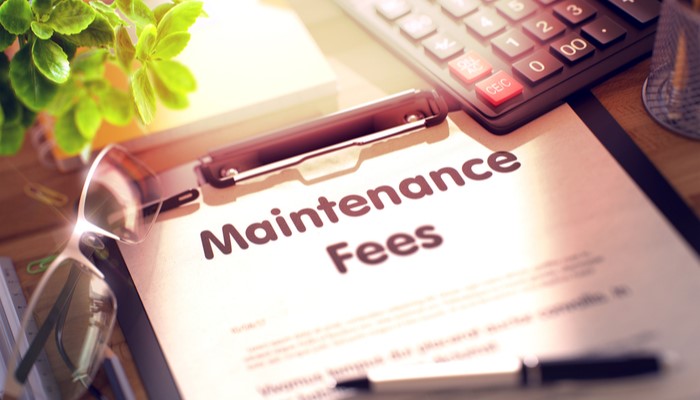Methods for Evaluating a Medical Practice

By: Trevor Anderson, Managing Shareholder
Accurate valuation of a medical practice is crucial to ensure the fair and profitable sale of your practice. Below, we have outlined the primary methods used to evaluate a medical practice. As you contemplate a sale, you will want to know the strengths and weaknesses of each methodology to inform your negotiation positions and maximize your exit.
- Income Approach
The income approach, often considered the most reliable for medical practices, focuses on the practice’s ability to generate future income. This method involves several key steps:
- Normalized Earnings Calculation: Adjusting the financial statements to reflect the true earnings potential by eliminating non-recurring, discretionary, or non-operational expenses.
- Capitalization of Earnings: Estimating the future maintainable earnings and applying a capitalization rate, which reflects the risk and expected return on investment.
- Discounted Cash Flow (DCF): Projecting future cash flows and discounting them to present value using an appropriate discount rate. This method accounts for future growth and risks.
- Market Approach
The market approach evaluates a medical practice based on comparable transactions in the market. It involves:
- Comparable Sales Analysis: Identifying recently sold medical practices with similar characteristics (specialty, size, location, patient demographics) and analyzing their sale prices.
- Industry Multiples: Using industry-specific financial ratios or multiples (e.g., price-to-earnings, price-to-revenue) derived from comparable sales to estimate the practice’s value.
- Market Trends: Considering current market conditions, demand for medical practices, and regional economic factors that may influence value.
- Asset-Based Approach
The asset-based approach values a practice based on the net value of its tangible and intangible assets. This method includes:
- Book Value of Assets: Calculating the book value of all tangible assets (e.g., medical equipment, office furniture, real estate) and subtracting liabilities.
- Adjusted Net Asset Value: Adjusting the book value to reflect the fair market value of the assets and liabilities. This adjustment considers depreciation, obsolescence, and current market conditions.
- Intangible Assets: Valuing intangible assets such as patient lists, brand reputation, proprietary processes, and goodwill, which are crucial for medical practices.
Additional Considerations in Valuation
- Patient Base and Payer Mix: The size, loyalty, and demographics of the patient base, as well as the mix of insurance payers, directly impact future revenue potential.
- Location and Market Position: The geographical location, competition, and market share of the practice are significant factors in valuation.
- Operational Efficiency: Assessing the practice’s operational efficiency, including staff productivity, appointment scheduling, and billing processes, which can influence profitability.
- Legal and Regulatory Compliance: Ensuring the practice adheres to healthcare laws and regulations, which can affect risk and, consequently, value.
- Transition Plan: The presence of a well-defined transition plan for patients and staff can enhance the attractiveness and value of the practice to potential buyers.
Choosing the Right Valuation Method
The choice of valuation method often depends on:
- Type of Practice: Different specialties may require different valuation approaches due to variations in revenue models and market conditions.
- Buyer’s Perspective: Understanding what potential buyers value most (e.g., steady cash flow, growth potential, asset quality) can guide the choice of valuation method.
- Seller’s Objectives: The seller’s goals, whether maximizing sale price, ensuring a smooth transition, or maintaining patient care standards, can influence the valuation strategy.
Conclusion
Accurate and comprehensive valuation of a medical practice is essential for a successful sale. By employing a combination of the income approach, market approach, and asset-based approach, along with considering additional factors unique to the practice, you can arrive at a fair and realistic value. Engaging expert legal and financial guidance far in advance of the desired exit timing is crucial in navigating this complex process and ensuring all factors are thoroughly evaluated.
By partnering with our legal services, you will benefit from our extensive experience and meticulous attention to detail, ensuring the best possible outcome for the sale of your medical practice.
Recent News























































